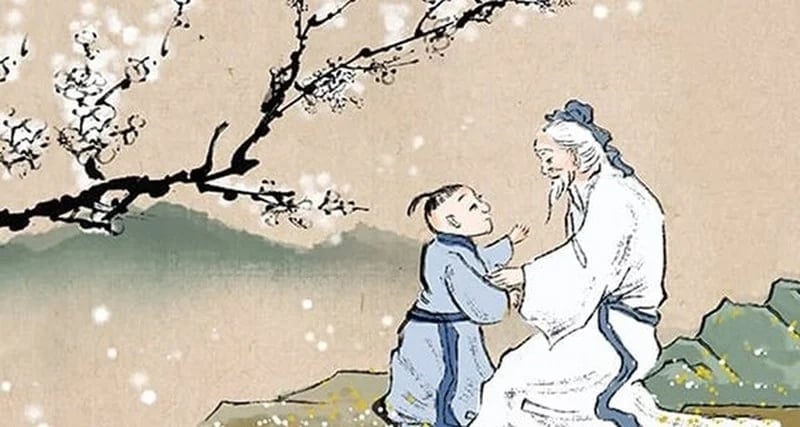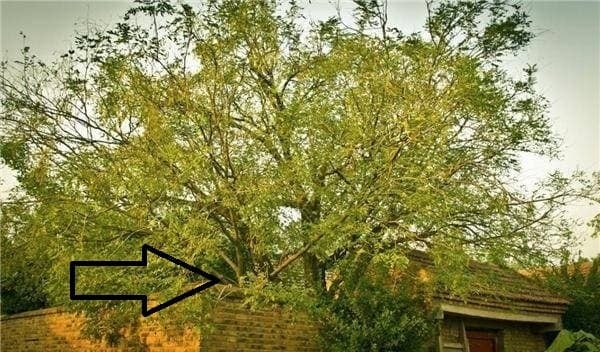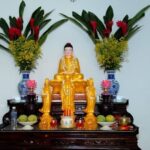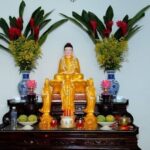Our ancestors often advised their descendants to plant trees that are considered auspicious in feng shui, believing that it would bring wealth, prosperity, and peace to the family. If you’re fortunate enough to have these three types of trees, it is said that you should never cut them down, even in times of poverty, as doing so could lead to financial losses and bring misfortune to your household.
Goldenrain Tree
The Goldenrain Tree, with its dark green leaves and towering stature, is a common sight in modern parks and residential areas. What sets this tree apart is its white flowers, which are not only edible but also possess medicinal value. According to folklore, this tree is believed to bring good fortune and protect against evil spirits, making it a cherished possession that homeowners are reluctant to part with.

The Goldenrain Tree, a common sight in modern parks and residential areas.
Elm Tree
Another tree that holds significance is the Elm, also known as the “Money Elm.” With its sweet and refreshing leaves, the Elm was a favorite among rural communities, often consumed when young. During times of famine, dried Elm leaves provided sustenance, and the tree’s bark served as a valuable food source in times of hardship. Additionally, Elm bark played a role in traditional medicine, offering a therapeutic benefit when access to healthcare was limited.
The Elm is a symbol of sustainability, and our ancestors refrained from cutting it down, hoping that it would continue to benefit future generations. This tree represents a connection to the past and a commitment to long-term prosperity.

The Elm Tree, also known as the “Money Elm.”
Weeping Willow
The Weeping Willow is a familiar sight in literature, often associated with sentiments of reluctant farewells and cherished memories. In feng shui, the Weeping Willow symbolizes strong life force energy and is believed to possess healing properties. Its presence evokes a sense of resilience and hope, making it a tree that should be preserved at all costs.
These three trees are beloved not only for their current benefits but also for the legacy they can leave for future generations. The saying associated with these trees serves as a reminder not to destroy natural wealth for short-term gains. It cautions against uncontrolled development, emphasizing that true prosperity lies in sustainable practices.



































